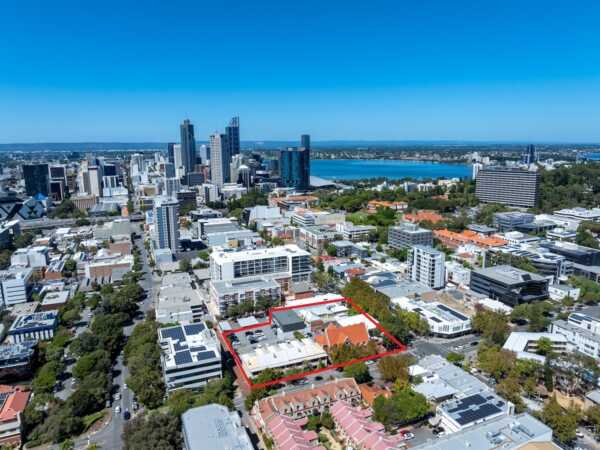A recent Solido Capital Development Finance Index has revealed strong growth in preference for non-bank lenders among the nation’s developers.
The survey shows that 41% of developers listed ‘financing’ as their No. #1 issue in obtaining development approvals. 18% listed ineffective councils as their primary, which historically has been the more common issue.
"Non-bank lending for development financing is becoming the norm, with our latest research finding 38 per cent of development finance currently being sourced through non-bank lenders," Solido's Beau Quarry said.
"This is tipped to steadily grow to over 40 per cent in the next couple of years."
New players in a widening field
There have been considerable new entrants to the non-bank lending world.
Common practice among non-bank lenders has been to pool their own capital from wealthy private individuals to lend ‘mezzanine’ finance; this serves as a second mortgage to more complex projects, or those with a perceived higher calculation of risk. Banks do not offer mezzanine finance.
With development finance seen as increasingly problematic, it is easy to comprehend why developers are turning to lenders who can extend beyond the lending capabilities of the banks.
"It was obvious as far back as 2014 that the big banks would be forced to reduce their complete dominance of the development finance market and this has played out via the market regulator controls on banks," Solido’s Mr Corcoran said to the Australian Financial Review.
"To fill this gap, the non-bank lending market has grown considerably but the transition was always going to be painful and many developers have suffered the inevitable credit squeeze … our survey confirms this pain."
The banks are pulling away, leaving room to move
It was estimated in 2016 that the big banks controlled more than 90% of the development finance market. Over the past two years, this share has decreased largely due to the inability of developers to secure appropriate finance.
Lending regulations have been tightened, with developers finding it difficult to achieve the accepted loan to valuation ratios and pre-sales targets set by the banks.
Mr Corcoran has notes that Solido's latest development Finance Index indicates that in 2017 the big banks' market share had fallen to 52%.
Solido capital, who had previously issued $100 million in development finance over an 18-month period, is now experiencing a significant boom due to the position of the major banks.
"If I had $200 million now I would have it deployed within 3 months. We are struggling to meet demand," Mr Corcoran said.
Blackstone (with LaTrobe Finance), Alceon, Qualitas, Gresham, MaxCap, Pepper, CBRE and Invesco all other major groups making moves in the development financing space.
Make sure you’re playing with the right players
For developers looking to the rapidly increasing pool of non-bank lenders for project finance, it is important to heed some caution and understand that not all lenders are the same.
Mr Corcoran suggests investigating their source of capital, the background and experience of their people, the efficiency of how they operate and their vision for their business over the short, medium and longer term.
“There are the ‘opportunist non-bank lenders’ who are taking advantage of the current credit squeeze to make a quick buck on relatively secure senior debt investment.”










